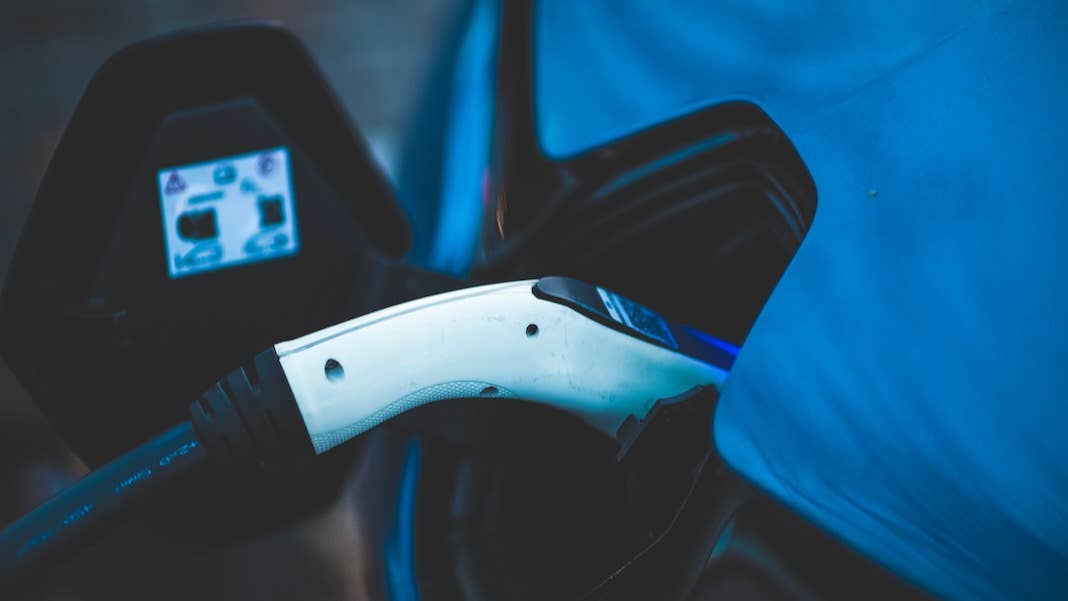Electric Vehicle Battery Recycling Gains Momentum With a Big New Closed-Loop System

Share
Shifting to battery-powered vehicles is an essential step in tackling climate change, but it's also creating worryingly large amounts of e-waste and demand for environmentally damaging mining. A new partnership to produce batteries made with recycled materials could help address the problem.
While there’s little question about the need to shift away from vehicles powered by fossil fuels, electrifying our entire transportation system isn’t going to be smooth sailing. Demand for lithium—the main ingredient in today’s leading batteries—has exceeded supply two years in a row, according to the International Energy Agency, despite a 180 percent increase in production since 2017.
There are similar concerns about shortages of other key ingredients like nickel, cobalt, and manganese, which could slow the much-needed transition to electric vehicles. These shortages are also incentivizing the rapid expansion of mining activities, which can be damaging to the environment, particularly if politicians turn a blind eye to lax standards in the rush to meet demand. That’s why there’s growing interest in recycling old batteries to retrieve the valuable metals contained within.
Now, a partnership between battery material producer BASF, graphene battery maker Nanotech Energy, battery recycler American Battery Technology Company (ABTC), and battery precursor material maker TODA Advanced Materials, claims it will be the first closed-loop battery recycling system in North America. The group hopes to be producing new batteries from recycled materials by 2024.
“By working together, our four companies can pool their expertise and drive better and more sustainable outcomes for the entire North American electric vehicle and consumer electronics industries,” Curtis Collar from Nanotech Energy said in a press release.
“This is a major milestone among the ongoing advances and growth of the lithium-ion battery market, and we are proud playing such a key role in the reduction of CO2 emissions along the battery value chain.”
Under the agreement, BASF will produce materials used in battery cathodes from recycled metals. Nanotech Energy will then use those materials to build their lithium-ion battery cells. Some of those recycled metals will come from ABTC recycling battery scrap produced by Nanotech Energy as it manufactures batteries. These will be processed into battery material precursors by TODA and then into cathode materials by BASF.
Together, this will create a circular battery recycling system, according to the companies. They claim that using recycled metals in the production of lithium-ion batteries can cut the amount of CO2 generated while manufacturing them by roughly 25 percent.
Be Part of the Future
Sign up to receive top stories about groundbreaking technologies and visionary thinkers from SingularityHub.


Battery recycling has been attracting growing interest from investors, particularly after the US passed the Inflation Reduction Act last year, which contains many incentives to reuse older batteries. Earlier this month, battery recycler Ascend Elements announced a $542 million funding round, and in August, competitor Redwood Materials revealed it had secured $1 billion in investments.
According to McKinsey, most of the battery materials suitable for recycling currently come from consumer electronics and battery scrap from manufacturers because few electric vehicles have yet reached the end of their operational lives.
But the analysts predict this could change soon, with more than 100 million vehicle batteries due to be retired within the next decade. They think that revenues from battery recycling could jump to more than $95 billion a year by 2040 globally.
With such a lucrative prize on offer, and growing concerns about supply shortages, it seems recycled battery materials could soon be playing a major role in the electric vehicle transition.
Image Credit: Markus Spiske / Unsplash
Related Articles

Hugging Face Says AI Models With Reasoning Use 30x More Energy on Average

Startup Zap Energy Just Set a Fusion Power Record With Its Latest Reactor

Scientists Say New Air Filter Transforms Any Building Into a Carbon-Capture Machine
What we’re reading

